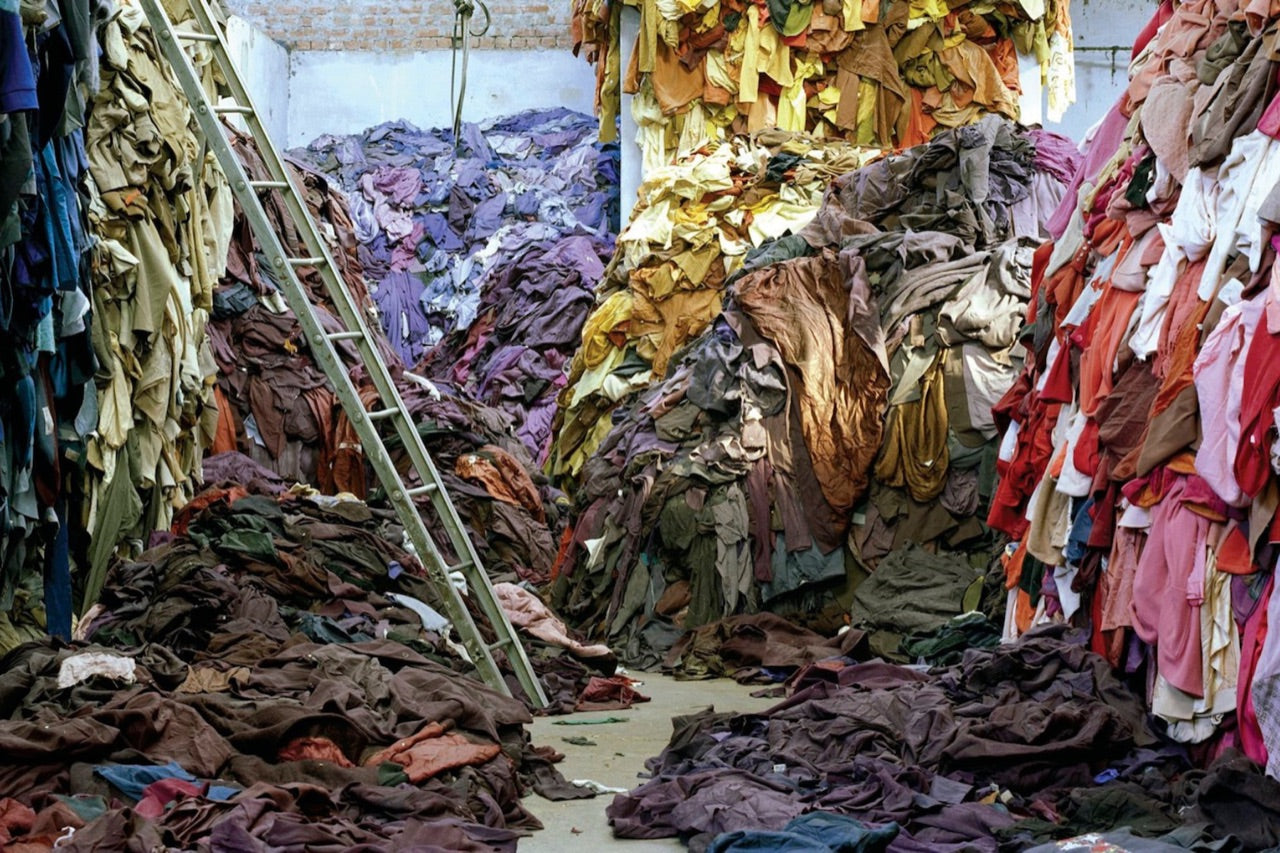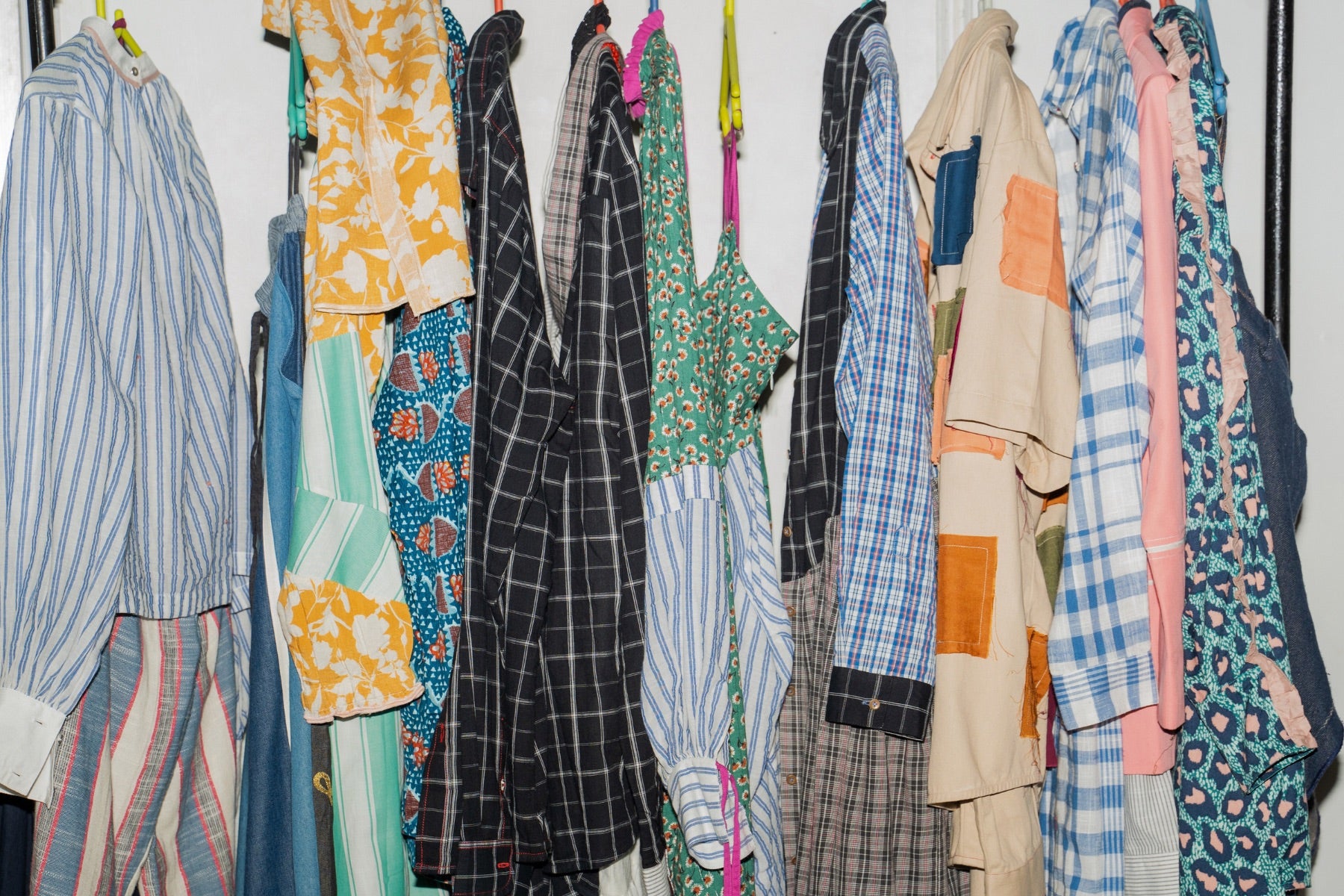
The Impact Of Fast Fashion On The Environment
When the weather gets hot, we seek for new short sleeve shirts, shorts, and summer dresses to stay cool and stylish. And when the weather turns chilly, we shop for new long sleeve shirts, pants, and winter jackets to stay warm and fashionable. However, it's important to consider not just the functionality of these seasonal clothes but also their impact on the environment.
The choices we make while shopping can have a lasting effect on our surroundings. With this sort of careless purchasing patterns, we are significantly contributing to atmospheric and surface-level degradation.
The retail industry is currently dominated by disposable clothing companies, which are contributing the majority of water and air pollution. The environmental impact of fast fashion is comprising with the sustainability of this sector. As a result, there is a significant need for eco-conscious alternatives to fast fashion. But before we dive into how we can make the fashion industry more eco-friendly and sustainable, let's try to understand the challenges it faces from an ecological perspective.
What is Fast Fashion? And Why Is It Bad For The Planet?

Fast fashion refers to clothes that are made quickly and cheaply to keep up with the latest trends. However, this manufacturing process has harmful effects on the environment. Many people buy clothes from fast fashion brands without realizing the impact it has. In fact, the fast fashion industry as a whole produces 10% of all carbon emissions. It is also the second-largest consumer of the world’s water supply.
Unfortunately, a large portion of fast fashion garments end up in landfills where they take a long time to decompose. The manufacturing practices used by these companies are also not sustainable, leading to illegal dumping of waste water and the release of microplastics into the environment. This industry also contributes to water scarcity, which is a major concern for environmentalists.
Excessive Water Usage
The fashion industry consumes one tenth of all of the water used industrially to run factories and clean products. To put this into perspective, it takes 10,000 liters of water to produce one kilogram of cotton or approximately 3,000 liters of water for one cotton shirt. Furthermore, textile dyeing requires toxic chemicals that subsequently end up in our oceans.
Use of Plastic Microfibers
Synthetic materials are the main reason why tiny pieces of plastic, called microfibers, end up in our oceans. To make things cheaper, manufacturers sometimes use low-quality materials. One example is polyester, which is a type of plastic and produces more carbon emissions than cotton. Polyester a fabric that's commonly used in fast fashion with almost 60% of clothes are made up of this material.
The problem is that plastic takes a very long time to break down in the ocean. When it finally does, it becomes a toxic substance that harms marine life. Since these microfibers can't be removed, they end up in the food we eat from the sea, which can be really bad for our health. One common way they get into the ocean is through our washing machines. Although washing machines are important, it's a good idea to wash full loads whenever possible to save water.
Surge in Clothing Consumption
People are buying a lot of clothes these days because they are cheap and there are always new trends to follow. In 2019, a report showed that a whopping 62 million metric tons of clothes were consumed worldwide. This means that we are using and throwing away clothes at a much higher rate than before. While this may be good for the economy, it leads to some problems. Many of the clothes we buy are of low quality and don't last very long, so we end up throwing them away after just a few washes. This creates a big demand for new clothes.
There are two main issues with this. First, a lot of discarded clothes end up in landfills. Whether it's because they don't fit anymore or they're no longer in style, many people choose to throw away their clothes instead of donating them. This leads to piles of clothing in landfills, which can be a problem. Second, the production of clothes creates a lot of waste. When clothes are made, there are often leftover scraps of fabric that can't be used for anything else. These scraps end up being wasted.
When the landfills get too full, the trash is moved to another area and burned. This burning process can be harmful to people and the environment. Toxic substances and poisonous gases are released into the air, which can be dangerous for the people living nearby. Even though there are filters to capture some of the pollutants, they don't get everything. Some of the harmful substances end up back in the landfills, polluting the air and causing more problems.
Relying on Non-Renewable Energy
Most of the fast fashion brands use fossil fuels to run their factories. When these fuels are burned, they release greenhouse gases into the air. These gases change the composition of the atmosphere and affect the Earth's ability to maintain suitable temperatures for life.
Normally, the Earth absorbs sunlight, produces heat, warms its surface, and releases excess energy into space. But the emissions from burning fossil fuels disrupt this process. They have a higher rate of exchanging solar radiation for heat and add extra energy to the environment, which affects the heat production cycle.
Over time, the emissions from greenhouse gases increase the Earth's temperature, causing various negative effects on the environment. If the industry continues to produce large amounts of air pollution, our planet will face serious problems like severe droughts, limitations on agriculture, forced migration, and other challenges to the stability of ecosystems. However, there are ways consumers can help reduce these harmful impacts.
How You Can Help Reduce This Impact?
Here are few things you can do right now to reduce the fashion pollution:
- Choose slow fashion
Buying less and opting for more durable clothes promotes the concept of slow-fashion, which focuses on quality and longevity, reducing the environmental impact of the fashion industry.
- Buy from sustainable brands
Avoiding fast-fashion companies and choosing zero waste fashion brands, helps to support ethical and eco-friendly practices while reducing the negative social and environmental effects associated with mass production and exploitation.
- Create a sustainable wardrobe
Creating a sustainable wardrobe involves carefully selecting versatile pieces, investing in timeless classics, and prioritizing quality over quantity, ensuring that your clothing choices have a longer lifespan and minimize waste.
- Rent clothes
Renting clothes for one-time occasions reduces the need for purchasing items that may have limited use, promoting a sharing economy and reducing textile waste.
- Buy pre-owned items
Buying pre-owned items extends the life cycle of clothing, reduces the demand for new production, and supports a circular economy by giving previously-owned garments a second life.
- Swap clothes with friends
Swapping clothes with friends allows for a fun and sustainable way to refresh your wardrobe without buying new items, promoting resourcefulness and reducing textile waste.
- Repair and upcycle your clothes
Repairing and upcycling your clothes not only extends their lifespan but also encourages creativity and individuality. Transform your old clothes and give them a new life. It allows you to reduce the need for constant new purchases and minimizing waste.
- Resell clothes
Reselling clothes enables others to enjoy your pre-loved items, fostering a sense of community, reducing textile waste, and promoting sustainable consumption practices.






Leave a comment
This site is protected by hCaptcha and the hCaptcha Privacy Policy and Terms of Service apply.